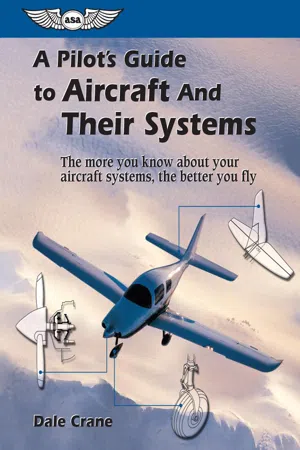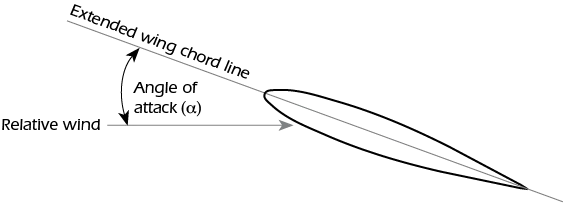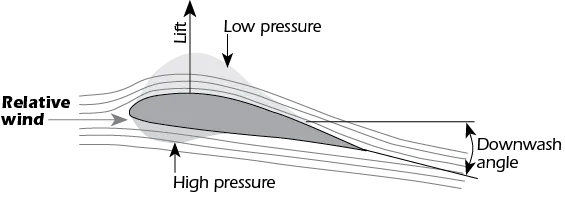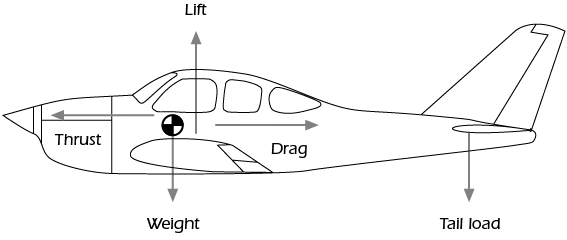
- 320 pages
- English
- ePUB (mobile friendly)
- Available on iOS & Android
A Pilot's Guide to Aircraft and Their Systems
About this book
In the early days of aviation, an aviator had to be pretty much a mechanic as well as a pilot because the airplanes and engines were less than completely dependable. When a pilot had a forced landing away from help, it was up to him to find and fix the problem to get the airplane back into the air. Fortunately these airplanes were not complex in their systems nor complicated to fix. In the more than half a century since World War II aircraft have become a vital component of our transportation system, developed and finely tuned to become the fast, efficient, dependable, and safe machines they are today.
These technological advances have been accompanied with additional complexities and demands that the aircraft be operated in exactly the way the designer intended. To do this, pilots must understand what each handle or knob controls and what he or she can expect from each system. Maintenance technicians must thoroughly understand the aircraft and its systems to keep them functioning as they were designed and built to do.
This book has been prepared to furnish pilots and armchair aviators with explanation and insight into what the aircraft, powerplant, and each of the systems do. In this way, the book may also serve as an introduction to the ASA Aviation Maintenance Technician Series of books that go further in depth to explain exactly how the aircraft and its systems work — textbooks for Aviation Maintenance school curriculum. But most importantly, A Pilot's Guide to Aircraft and Their Systems will help pilots enjoy their flying and make them safer and more efficient aviators.
Frequently asked questions
- Essential is ideal for learners and professionals who enjoy exploring a wide range of subjects. Access the Essential Library with 800,000+ trusted titles and best-sellers across business, personal growth, and the humanities. Includes unlimited reading time and Standard Read Aloud voice.
- Complete: Perfect for advanced learners and researchers needing full, unrestricted access. Unlock 1.4M+ books across hundreds of subjects, including academic and specialized titles. The Complete Plan also includes advanced features like Premium Read Aloud and Research Assistant.
Please note we cannot support devices running on iOS 13 and Android 7 or earlier. Learn more about using the app.
Information


- Shape of the airfoil
- Angle of attack
- Area of the airfoil
- Density of the air
- Speed of the air

- Thrust, acting forward, is caused by the propeller moving air rearward.
- Lift, acting perpendicular to the relative wind, is caused by the wing deflecting air downward.
- Weight of the aircraft, caused by gravity, acts toward the center of the Earth.
- Drag, acting in the direction opposite to thrust, is caused by the resistance of the air as the aircraft moves through it.
- Tail load is a downward aerodynamic force produced by the horizontal tail deflecting air upward. The amount of tail load is determined by the airspeed and it is used for longitudinal stability.


- Longitudinal (roll) axis—Extends through the aircraft from nose to tail passing through the center of gravity. The airplane is rotated about its longitudinal axis by changing the amount of lift produced by the left or right wing. This is done by deflecting the ailerons. The ailerons are connected in such a way that as the aileron on one wing moves downward increasing the lift, the one on the opposite wing moves upward decreasing the lift, and the airplane rolls.
- Lateral (pitch) axis—Extends across the airplane from wing tip to wing tip, passing through the center of gravity. The airplane is rotated about its lateral axis by varying the tail load. This is done by deflecting the movable horizontal tail surface. When the trailing edge of the surface moves upward the downward tail load increases and the nose rises. When the trailing edge moves downward the tail load decreases and the nose drops.
- Vertical (yaw) axis—Extends through the airplane vertically, passing through the center of gravity. An airplane is yawed (not turned) by changing the horizontal aerodynamic force on the vertical tail by deflecting the movable vertical tail surface.
Table of contents
- Copyright
- Preface
- Section 1: Principles of Flight
- Section 2: Aircraft Weight and Balance
- Section 3: Aircraft Structures
- Section 4: Aircraft Hydraulic and Landing Gear Systems
- Section 5: Aircraft Fuel Systems
- Section 6: Aircraft Electrical Systems
- Section 7: Aircraft Instrument Systems
- Section 8: Avionics Systems
- Section 9: Aircraft Environmental Control Systems
- Section 10: Aircraft Ice and Rain Control Systems
- Section 11: Aircraft Fire Extinguisher Systems
- Section 12: Aircraft Piston Engines
- Section 13: Aircraft Turbine Engines
- Section 14: Aircraft Piston Engine Induction and Fuel Metering Systems
- Section 15: Aircraft Piston Engine Ignition and Starting Systems
- Section 16: Aircraft Piston Engine Lubrication and Cooling Systems
- Section 17: Propellers
- Glossary
- Index